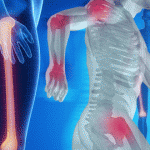The Friday night press release: When a politician or any public figure needs to disclose unfavorable news, chances are they will release it sometime on a late Friday afternoon or evening, hoping that nobody is paying attention. In fact, this behavior was coined “the take out the trash day” on the television political drama, The…



